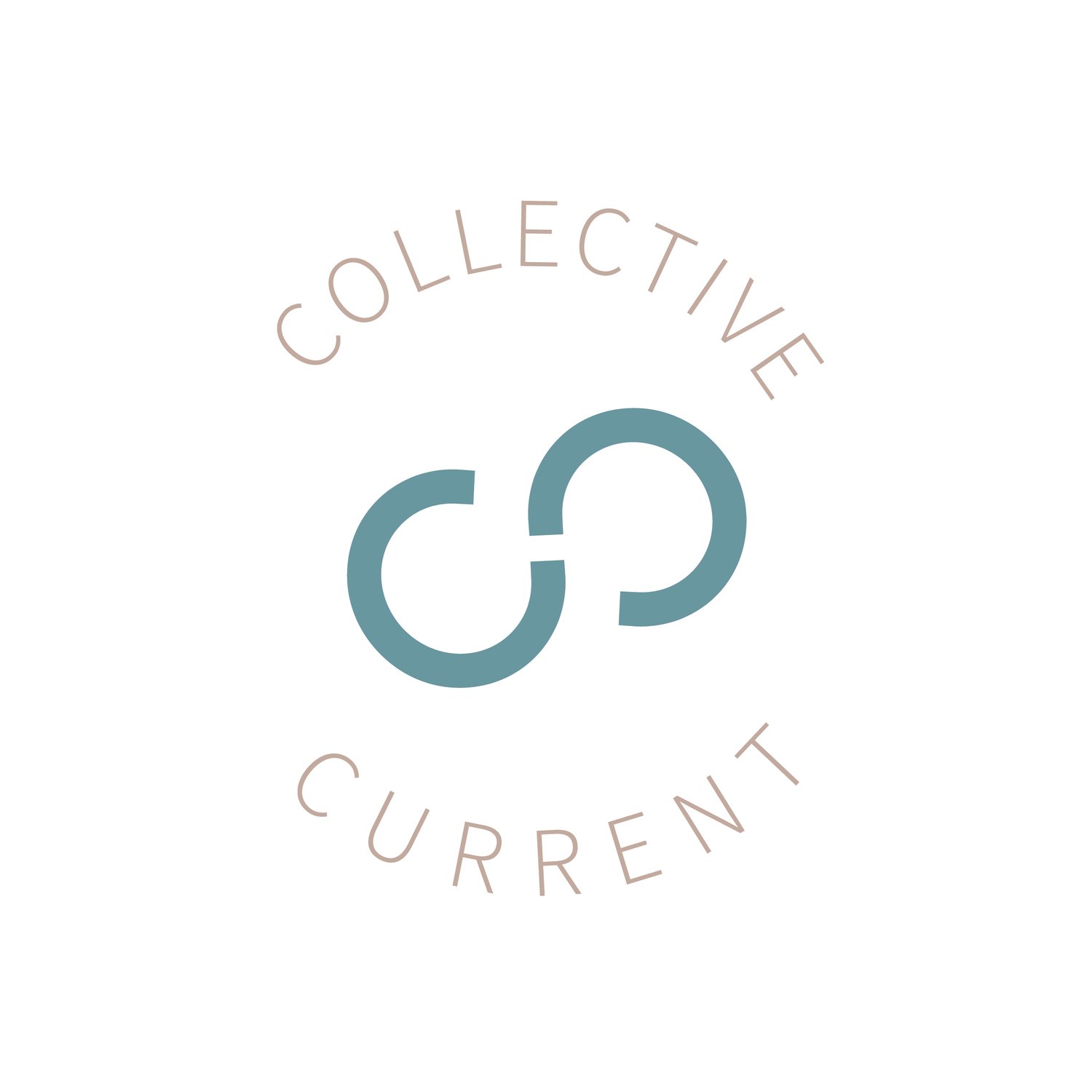
Ketamine
The Science of Ketamine
Depression and chronic stress deplete the connections between neurons in the brain. Ketamine helps us to grow new neurons and increases the connection between brain cells. Ketamine does this by activating the release of a neurotransmitter called glutamate in the brain, as well as increasing brain-derived neurotrophic factor (BDNF), which causes an increase in functionality (neuroplasticity) of the brain. This opens our system to growth and transformation, and accelerates the healing process.
Ketamine activates a different pathway in the brain from that of most other psychiatric medications including SSRIs, SNRIs, mood stabilizers, antipsychotics and benzodiazepines. Because it works on a different neurotransmitter, Ketamine can be effective in treating mental health conditions where other medications have failed.
Why pair Ketamine with Trauma Healing Therapy?
After each ketamine journey, there is a two week window of time when the neuroplasticity of the brain is significantly increased due to the release of brain-derived neurotrophic factor (BDNF). BDNF acts like a fertilizer to the brain, allowing the brain to create new neurons and increasing the connectivity between neurons. Your brain and body will be in an ideal state to shift patterns, to learn and to create healthier habits. This period is crucial to have your trauma healing sessions as your body is more open and receptive to healing.
Often times when our environment is unhealthy, vulnerable parts of us can believe we are the cause; if something bad happens to us then it must be our fault. Ketamine can help us to release and move beyond our long held, deeply rooted negative beliefs. The ketamine creates the opening, and the trauma therapy supports and guides each individual toward deep and lasting healing.
Individuals with depression and anxiety tend to have a very strong Default Mode Network (DMN), which is our protective system that works to keep us safe. This system can go into overdrive, creating a fortress-like rigid defense system. Ketamine dissolves the walls from this rigid defense system to see the world and self from a different perspective. This experience creates new neural pathways and “muscle memory” of a new way of being and responding to the world. The trauma healing therapy is essential in supporting the ketamine treatment.
How does a Ketamine journey feel?
Ketamine medicine sessions last an average of three hours, with the active effects of ketamine lasting an average of 45-90 minutes. Ketamine works as a dissociative, which means it can quickly induce a state in which individuals feel detached from their body and their everyday awareness and perception.
Ketamine activates visual, auditory and other sensory changes, which means that time and space are likely to feel altered. Ketamine often induces feelings of openness, wonder, creativity, gratitude, empathy and connection, although ketamine journeys can also put us in touch with pain, suffering, grief, loss and past trauma. This may be painful, yet it creates a different perspective as we experience grief and loss. Ketamine can create a non-ordinary (“altered”) state of consciousness that can lead to profound transpersonal (“transcendental”, “mystical”, “spiritual”, “religious”) peak experiences. These experiences build with each journey and can lead to deep personal transformation.
Your experience will be unique to you. KAP journeys are journeys that cannot be pre-programmed. They evolve from your own inner world and vary in intensity. Some experiences are enjoyable and filled with awe, and some are difficult. Each journey is important and brings opportunity for healing and growth.
